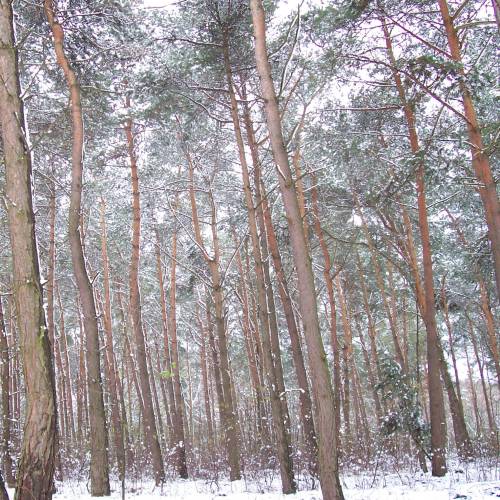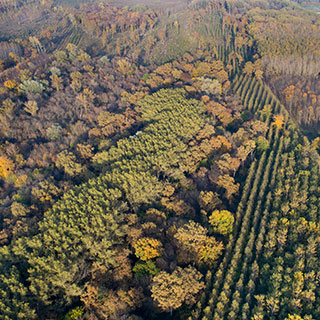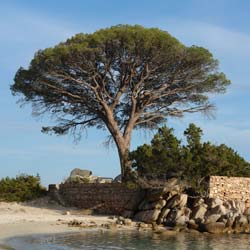
Plants
Pine, Scots / Pinus sylvestris
-
16.12 € Scots pine - Pinus sylvestris
98S - Available
-
15.55 € Scots pine - Pinus sylvestris
98J0 - Available
-
14.51 € Scots pine - Pinus sylvestris
98T - Available
-
13.47 € Scots pine - Pinus sylvestris
98r - Available
-
12.43 € Scots pine - Pinus sylvestris
98rB - Available
-
11.96 € Scots pine - Pinus sylvestris
98Q - Available
-
11.39 € Scots pine - Pinus sylvestris
98RB - Available
-
11.39 € Scots pine - Pinus sylvestris
98rC - Available
-
10.87 € Scots pine - Pinus sylvestris
98R - Available
-
10.35 € Scots pine - Pinus sylvestris
98RC - Available
-
9.83 € Scots pine - Pinus sylvestris
98RD - Available
-
9.31 € Scots pine - Pinus sylvestris
98RE - Available
-
4.55 € Scots pine - Pinus sylvestris
98N - Available
-
2.95 € Scots pine - Pinus sylvestris
98z - Available
-
2.25 € Special Offer - 50%
98NBB - Available
-
1.41 € Scots pine - Pinus sylvestris
98tB - Available
-
1.40 € Scots pine - Pinus sylvestris
98y - Available
-
1.31 € Scots pine - Pinus sylvestris
98t - Available
-
1.28 € Scots pine - Pinus sylvestris
98J1B - Available
-
1.27 € Scots pine - Pinus sylvestris
98u - Available
-
1.18 € Scots pine - Pinus sylvestris
98J1 - Available
-
0.89 € Scots pine - Pinus sylvestris
98sB - Available
-
0.88 € Scots pine - Pinus sylvestris
98v - Available
-
0.79 € Scots pine - Pinus sylvestris
98s - Available
-
0.69 € Scots pine - Pinus sylvestris
98sC - Available
-
0.68 € Scots pine - Pinus sylvestris
98w - Available
-
0.59 € Scots pine - Pinus sylvestris
98J11 - Available
-
0.59 € Scots pine - Pinus sylvestris
98sD - Available
-
0.58 € Scots pine - Pinus sylvestris
98x - Available
-
0.49 € Scots pine - Pinus sylvestris
98J10 - Available
-
0.00 € Scots pine - Pinus sylvestris
98L - Request for quotation
-
Geographical origins: A vast area from Spain and Scandinavia to the Caucasus.
Adult dimensions: Height up to 30 m (98,4'), width up to 15 m (49,2').
Foliage: Evergreen.
Type of soil: All except marly lime.
Hardiness: Hardy -36°C.
Exposure: Full sun.
Properties and uses:
The salmon coloured bark, the height of the trunk and the blue-green foliage all make this an excellent ornamental tree planted alone. Bonsai enthusiasts enjoy working on this variety. Essential to forestry this tree is very hardy . In France, the forest of Orleans or that of Haguenau are excellent examples of this tree. The wood is white with a red centre and has numerous uses. The needles come in pairs. The distillation of the needles produces an oil that is used in perfumery and for inhalation.
Plant, or reforest Scots Pine, Pinus sylvestris – Foresters Guide
1) The Scots Pine (Robinia pseudo-acacia) is it suitable for my land? The Scots Pine tolerates an average annual temperature situated between 3 and 13°C, with an optimum situated between 6 and 10,5°C. It tolerates well intense winter cold and the summer drought. It is sensitive to heavy snow but resists very well to spring frost thanks to its late bud breaking, it can do with only three months of vegetation. The annual rainfall must be between 500 and 1300 mm/year.
Concerning the soil conditions, the Scots Pine tolerates shallow soils but then, will give a poor production. It tolerates acid soils, water logging, soils which are poor in mineral elements, limy grounds, but less the chalky soils. The Scots Pine doesn’t like dense grounds but responds well to temporary water logging. It has to be planted in grounds which are supplied with water in a moderate but constant way, and prefers deep, non-chalky grounds.
The Scots Pine can be found in any geographical zones, up to 2000 m in altitude, in open areas, bare or abandoned by agriculture. In high montane zones, it is often used for reforestation.
2) Which planting density for my Scots Pine plot? (Pinus sylvestris)
The planting density is the number of plants planted in one hectare (acre). Here it means determining the initial number of young plants and to choosing their repartition in the available space.
The planting density is defined by the gaps in between the lines as well as the spacing in between each plant on a same line.
It is the basics of the silvicultural path which must lead to a final trees’ population of quality and to the fulfilment of the land’s owner set goals.
Advice: When choosing the density, think about the width of the tool which will allow the maintenance of the gaps in between the lines. The space in between the lines must allow clear passage for a tractor-drawn, maintenance tool.
For the Scots Pine (Pinus sylvestris):
- The planting density is about 1100 to 1350 plants/hectare.
- The final density wanted is about 300 trees.
3) How to prepare the soil to plant Scots Pine (Pinus sylvestris)?
In Silviculture, working the soil is a key element in the success of planting. The root system of the tree must take rapidly where planted. Whether the work is done mechanically or manually, we recommend working the soil in its depth for optimum planting.
4) How to plant the Scots Pine (Pinus sylvestris)?
a- Receipt, storage and preparation of the plants before planting
- Upon receipt, place the crates side by side, on a flat surface so as there is no air circulation underneath. Choose a shady spot protected from wind;
- Maintain a good humidity level of the plants on the crates placed on the edges,
- Plan for the possibility of watering if planting is delayed or if the plants require water,
- In case of frost, do not handle the plants and if frost is forecasted for several days, place mulch on the edges.
b- Planting
Our team of professional planters use a planting cane to place the earth-balled plants in situ. This ergonomic, light tool allows quality, quicker planting work. It is also possible to carry out a traditional planting work using a pickaxe or a spade
In all case, you must:
- Dig a hole a little bit larger than the earth-ball ;
- Position it well in the hole;
- Cover it entirely;
Finally, the worker will tamp down the soil carefully with its foot. It is forbidden to press strongly or again to heel-butt the plant to avoid crushing the earth-ball and damage the root system of the plant.
Video on planting using a planting cane
Buy Planting cane
5) How to limit weeds on my Scots Pine plot (Pinus sylvestris) ?
During the first years, it is essential to eliminate all self-propagating plants. Not controlled they are going to be in competition with your plants and are going to deprive the young trees of the vital elements they require to grow (water, light and nutritional elements). You must therefore eliminate mechanically this unwanted competition until the trees are big enough to be able to dominate it.
Two types of operations are possible after planting:
Manual clearing around the plants
It is in fact acts often carried out using portable thermic Strimmers or billhooks to clear plants on a line or around the plants themselves.
Mechanical clearing of the space in between the lines
These actions are done using cutters and flail mowers, horizontal or vertical cutters, mounted on mini excavators or tractors. As a result, they cannot be undertaken outside the spaces available between the tree lines (seedlings or plants).
6) How to protect my young False Acacia plants from wildlife (Pinus sylvestris) ?
There is a necessity to protect the plot as soon as the population’s density of Cervidae (deer and roe deer in particular) risk leading to significant damage such as undergrowth of the plants or friction of the stems. Sometimes, the setting up of plants’ protection is also necessary as soon as the rodents’ population (rabbits, hares, coypu, voles...) are locally important.
3 types of protections are possible:
- Individual, mechanical Protections ( dissuasive netting, photo-degradable tubes,...)
- Protection by total wire-fencing of the plot,
- Protection by applying a repellent on each plant or on the borders of the plot.
Catalogue Protections against Game


















